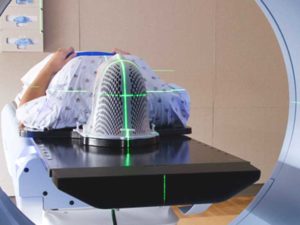 The particular type of tangle found in Alzheimer’s is unique to this disease, making tau PET a highly specific marker. In the May 11 JAMA Neurology, researchers led by Oskar Hansson at Skåne University Hospital in Malmö, Sweden, reinforce this point. In a large observational cohort, the second-generation tau tracer RO-948 outperformed both cerebrospinal fluid markers and MRI at telling AD dementia apart from other neurodegenerative disorders and from healthy aging. “You get higher specificity with tau PET than with amyloid markers,” Hansson told Alzforum. Because every person with a positive tau PET scan also had amyloid plaques, tau scans may eventually obviate the need to check amyloid status to diagnose AD, he suggested.
The particular type of tangle found in Alzheimer’s is unique to this disease, making tau PET a highly specific marker. In the May 11 JAMA Neurology, researchers led by Oskar Hansson at Skåne University Hospital in Malmö, Sweden, reinforce this point. In a large observational cohort, the second-generation tau tracer RO-948 outperformed both cerebrospinal fluid markers and MRI at telling AD dementia apart from other neurodegenerative disorders and from healthy aging. “You get higher specificity with tau PET than with amyloid markers,” Hansson told Alzforum. Because every person with a positive tau PET scan also had amyloid plaques, tau scans may eventually obviate the need to check amyloid status to diagnose AD, he suggested.
- Tau tracer RO-948 uptake is highly specific for Alzheimer’s dementia.
- Tau PET could supplant amyloid PET and CSF as an AD diagnostic.
- At the prodromal stage, however, CSF picks up more cases than tau PET.
However, this is not the case at earlier, prodromal stages. Because tangles form late in the disease course, CSF biomarkers performed better than tau PET at that stage.
“This is a milestone paper in establishing tau PET, and specifically RO-498 PET, as a clinically useful biomarker for patients attending Memory clinics,” Bernard Hanseeuw of Massachusetts General Hospital wrote to Alzforum (full comment below).
Tobey Betthauser at the University of Wisconsin-Madison School of Medicine noted that this is one of the largest studies to date to examine differential diagnosis with tau PET. “This study presents a tremendous step forward for understanding the clinical and research utility of RO-948 and tau PET imaging,” he wrote to Alzforum – Full article here.

 Print This Post
Print This Post




